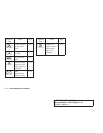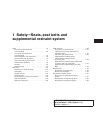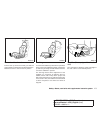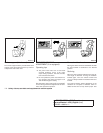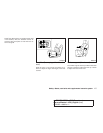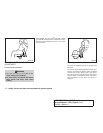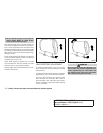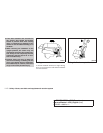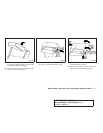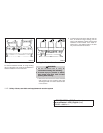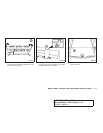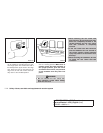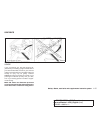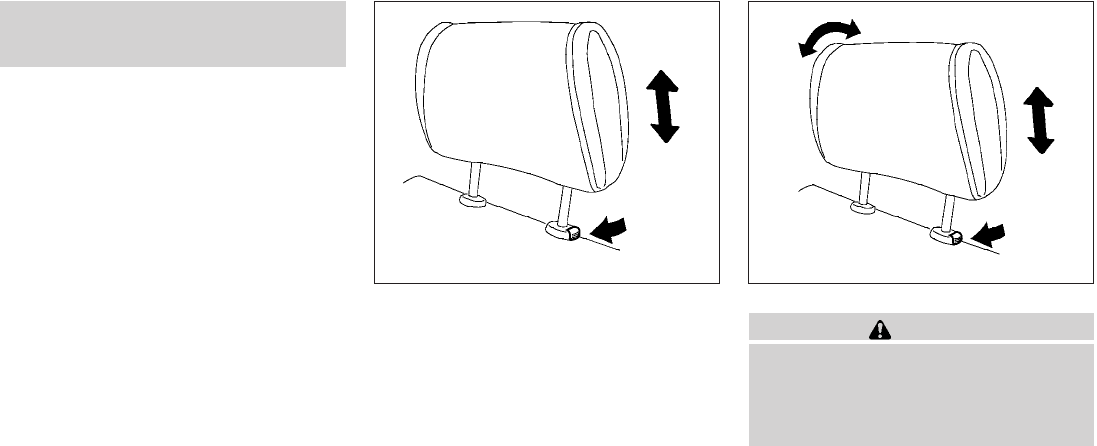
● Do not attach anything to the head re-
straint stalks. Doing so could impair
active head restraint function.
The head restraint moves forward utilizing the
force that the seatback receives from the occu-
pant in a rear-end collision. The movement of the
head restraint helps support the occupant’s head
by reducing its backward movement and helping
absorb some of the forces that may lead to whip-
lash type injuries.
Active head restraints are effective for collisions
at low to medium speeds in which it is said that
whiplash injury occurs most.
Active head restraints operate only in certain
rear-end collisions. After the collision, the head
restraints return to their original positions.
Properly adjust the active head restraints as de-
scribed in this section.
HEAD RESTRAINT ADJUSTMENT
To raise the head restraint, pull it up. To lower,
push and hold the lock knob and push the head
restraint down.
To adjust the head restraint forward or backward
(Type B only), push it in the direction required.
The front seats and 2nd row captain’s chairs
head restraints are removable. See “Head re-
straint storage” in the “Instrument and controls”
section. The 3rd row bench seat head restraints
are not removable.
WARNING
Head restraints should be adjusted prop-
erly as they may provide significant pro-
tection against injury in an accident. Do
not remove them. Check the adjustment
after someone else uses the seat.
Type A — Front
LRS0286
Type B — 2nd row
LRS0678
1-8 Safety—Seats, seat belts and supplemental restraint system
੬ REVIEW COPY—
2007 Quest (van)
Owners Manual—USA_English (nna)
02/24/06—debbie
੭



